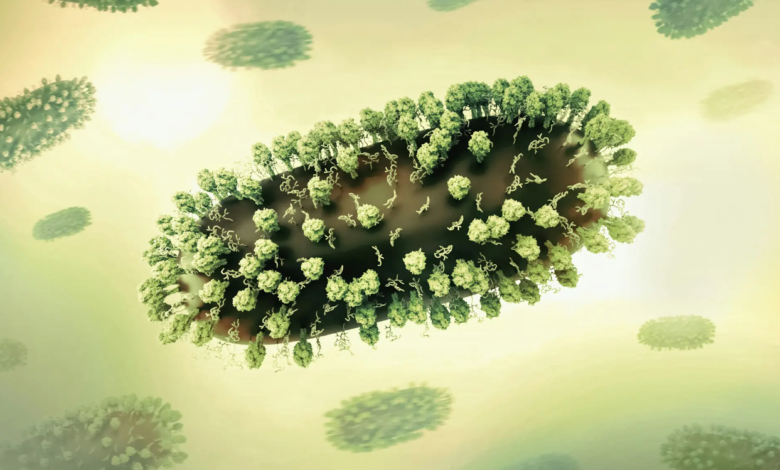Geoengineering becomes “viral” and gives us an ocean of solutions against the climate crisis
Viruses could become our allies against the climate crisis
We are used to thinking about the link between virus and climate crisis one way. Temperature rise thaws the arctic permafrost and can “awaken” virus zombies after tens of thousands of years. The anthropogenic pressure on ecosystems and global warming increases the risk of species jumps and therefore the emergence of new pandemics, a script we saw with Covid-19. What if, instead, viruses were valuable allies to combat climate change?
Virus and climate crisis: engineering ocean microbiome against climate change
On this hypothesis, a group of scientists from Ohio State University is working. The key is the ability of both DNA and RNA viruses to “rip” gene sequences from other organisms, typically bacteria. Many of the species of viruses present in the oceans have incorporated sequences related to the regulation of metabolism by microorganisms that can “process” the carbon atoms found in the ocean. They are, therefore, able to increase the ability of the ocean to capture and store CO2, subtracting it from the atmosphere and thus helping to limit the rise in global temperature.
US researchers discovered this by combining data from genomic sequencing of viruses present in the oceans with an analysis enabled by artificial intelligence. Of the 340 metabolic pathways – dictated by known genetic sequences – known for their ability to process carbon, 128 (more than 1/3) are also present in many species of viruses. “I was shocked that the number was so high,” comments Matthew Sullivan, professor of microbiology and director of the Center of Microbiome Science at Ohio State University.
This mapping should allow us to experiment with a very particular form of climate “geoengineering“. This would involve modifying the oceanic microbiome by artificially introducing certain species of virus. Choosing them based on their ability to accelerate the sequestration of CO2 or, on the contrary, to slow the release action (for example, that of methane from the Arctic seabed).
It is on this possibility that the group of scientists is now focusing. He’s testing different models to understand how the metabolic behavior of microorganism communities in a certain portion of the ocean can vary. An analysis by which it should be possible to identify which viruses influence the most significant metabolic pathways for carbon processing.
“The oceans absorb carbon and this protects us from climate change. CO2 is absorbed as a gas and its conversion to organic carbon is dictated by microbes,” Sullivan explains. “What we’re seeing now is that viruses are targeting the most important reactions in the metabolism of these microbial communities. This means that we can start to study which viruses could be used to convert carbon into the type we want. In other words, we can strengthen this huge ocean buffer to become a carbon sink to gain time against climate change”.






